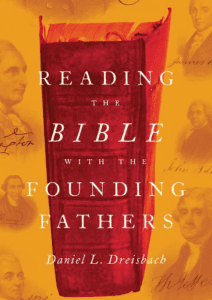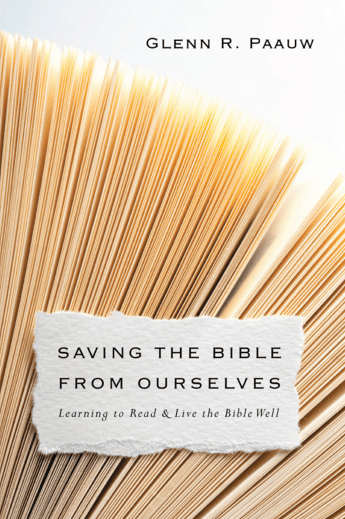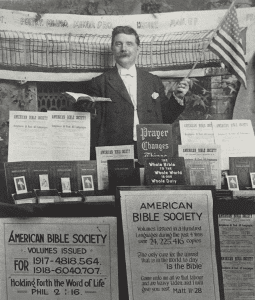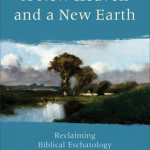Last weekend Kris and I were in NYC, in Manhattan, to participate in a wondrous event commemorating the 400th anniversary of the King James Bible. The event was sponsored by the American Bible Society, and their office is on Broadway, and the invitation came from my old seminary friend, Phil Towner, who is now Dean of the Nida Institute at ABS. Splendid event.
 The Reception Friday night began with meandering through an incredible museum-display of English Bibles, beginning with Wyclif and Tyndale and Coverdale and Whitchurch and the Geneva Bible and The Bishops’ Bible to the King James. I had not seen most of these Bibles and here they were — originals — beautifully displayed. Perhaps more attention should be given to Wyclif but I was overcome with excitement to see Tyndale. There it was, probably 83% of the King James, done by a man on a mission, a man on the run, and a man who was burned at the stake for translating the Bible into English. None of us failed to mention this in the events that followed.
The Reception Friday night began with meandering through an incredible museum-display of English Bibles, beginning with Wyclif and Tyndale and Coverdale and Whitchurch and the Geneva Bible and The Bishops’ Bible to the King James. I had not seen most of these Bibles and here they were — originals — beautifully displayed. Perhaps more attention should be given to Wyclif but I was overcome with excitement to see Tyndale. There it was, probably 83% of the King James, done by a man on a mission, a man on the run, and a man who was burned at the stake for translating the Bible into English. None of us failed to mention this in the events that followed.
The reception, attended by more than a hundred, finished up with a brief talk by the world’s expert on the King James Bible, David Norton, a professor of English at Victoria University in Wellington, New Zealand. (He didn’t fail to show us his office, a room with a view!)
We had a full day Saturday: it began with a full presentation by David Norton, who strolled through the history of the King James Bible with visual slides to complement his talk. My talk was on the theology of the New Testament translators of the King James as I have been trying to discern specific theological agendas in the KJB, but alas I find very little. What most don’t know, and it is always worth emphasizing, is that the KJB was a revision, and mostly conservative, of The (already existing) Bishops’ Bible. The KJB sought to find common and acceptable ground between the Bishops’ and the Geneva Bible (the Reformed read this one happily), with some glances at the Catholic Bible (Rheims NT). It did, and that is why we are talking about its 400th anniversary.My presentation was followed by a splendid sketch of the historical context of the KJB by Euan Cameron, a careful and judicious historian at Union Theological Seminary. Then a stimulating reminder by Marlon Winedt, a native of Curacao, on the significance of the KJB for non-English natives of the Caribbean — so significant I might add that sometimes they say the new translations are in the KJB tradition! KJB means authoritative and original.
The afternoon involved a video on the KJB, and I’d urge you to rent it or get it for your church: KJB – The Book that Changed the World.
And the evening meant a special banquet with an oral performance of some KJB passages by Max Maclean and then a stimulating, motivating talk to remind us of the value of Bible translations by Roy Peterson. We were honored to be there, and again reminded of the importance of supporting Bible translations today.
Sunday morning meant a special service, which we were not able to attend, at Calvary St. George’s, with Tom Wright giving the homily on God’s living Word. (Hidden in this was that Tom Wright’s own translation of the New Testament is soon to be published.) On Saturday Tom sat near us and I found him frequently peering into the KJB he was given at confirmation as a youngster. I, too, grew up on the KJB and my first (Scofield notes) Bible sits atop a bookshelf in my library.











